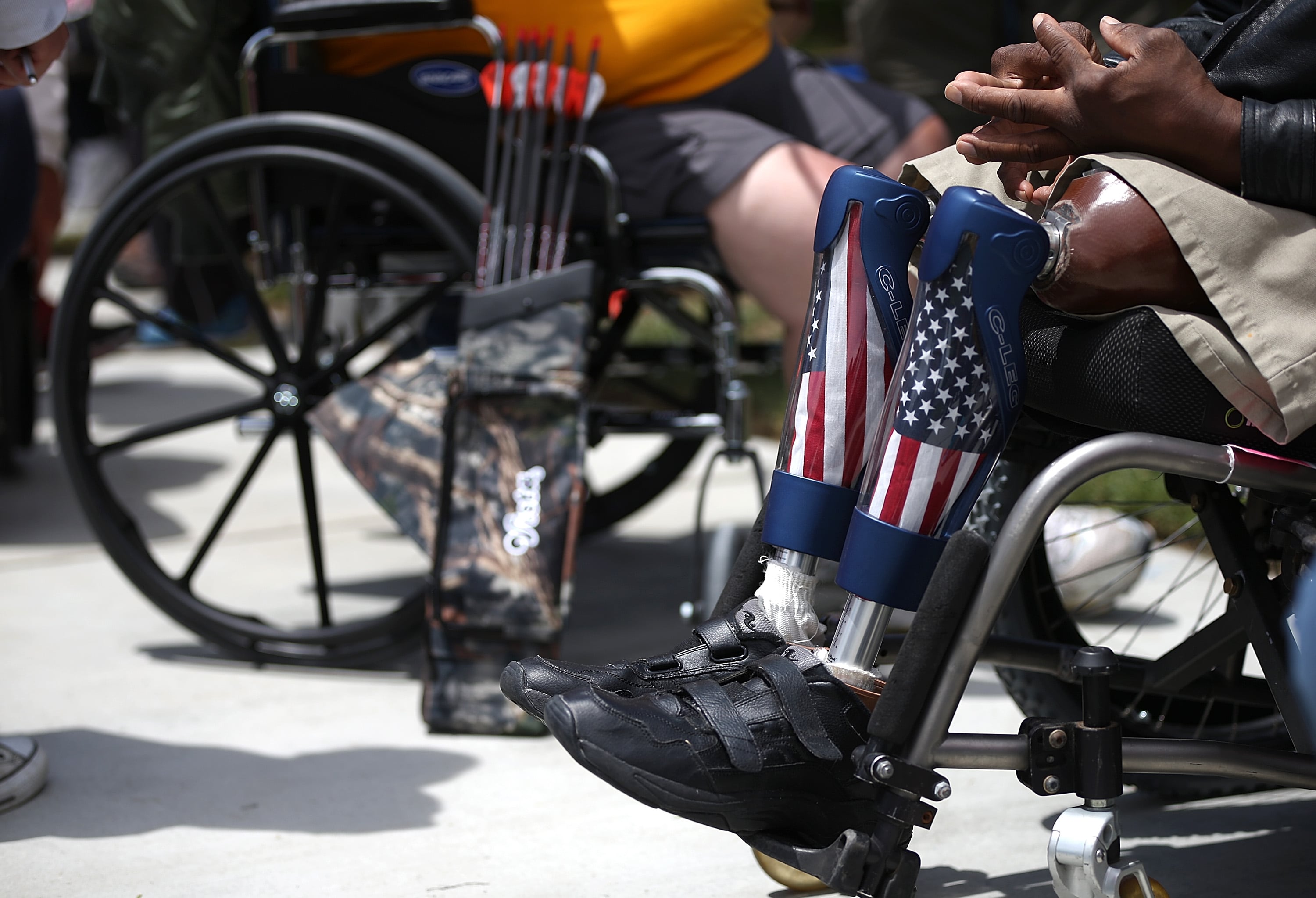Thanks to a lack of internal oversight, the Veterans Health Administration’s Prosthetic and Sensory Aids Service (PSAS) paid “about $10 million more than reasonable rates” for prosethic devices in a six-month ending in March 2020, according to a new report from the Department of Veterans Affairs’ Office of the Inspector General. The report estimates that the VHA could save up to $20 million each year if such spending is better managed.
An audit found that over $300 million, accounting for 9 percent of total prosthetic spending in 2019, went toward prosthetic-related equipment provided to veterans by vendors outside the VHA. The VHA then reimburses these vendors based on Medicare rates, because the administration doesn’t have its own pricing guidelines for such prosthetic and orthotic items provided to veterans through third-party vendors. The report found that this lack of an established pricing structure paired with a lack of oversight means that the office missed opportunities for cost savings on things like artificial limbs, shoes, and other related items.
In some cases, VAOIG found that facilities were reimbursing third-party vendors at rates that even exceeded those Medicare rates. Looking at a random sample, the audit identified approximately 41,300 out of 112,600 transactions that went beyond what was considered a reasonable rate of reimbursement. In some cases, facilities even overpaid vendors by different amounts for the same items, or recorded incorrect transaction data.
The report states that the audit team went so far as to ask VA and VHA officials which pricing methods might apply to these transactions, and officials said “it was not their responsibility to monitor laws and regulations.” Instead officials told the OIG that they operate under the assumption that the VA’s Office of Regulatory and Administration Affairs or the Office of General Counsel will advise when relevant laws or regulations go into effect. However, the report notes that those officers provided any such advisement.
To address the challenges leading to overspending in this sector of care, VAOIG issued a list of recommendations that included establishing clear pricing guidelines in accordance with relevant laws and regulations, and establishing a formal oversight structure that includes monitoring spending data more closely. VHA officials concurred with all of the recommendations, and laid out an action plan to address them with targeted completion dates spanning 2022.



